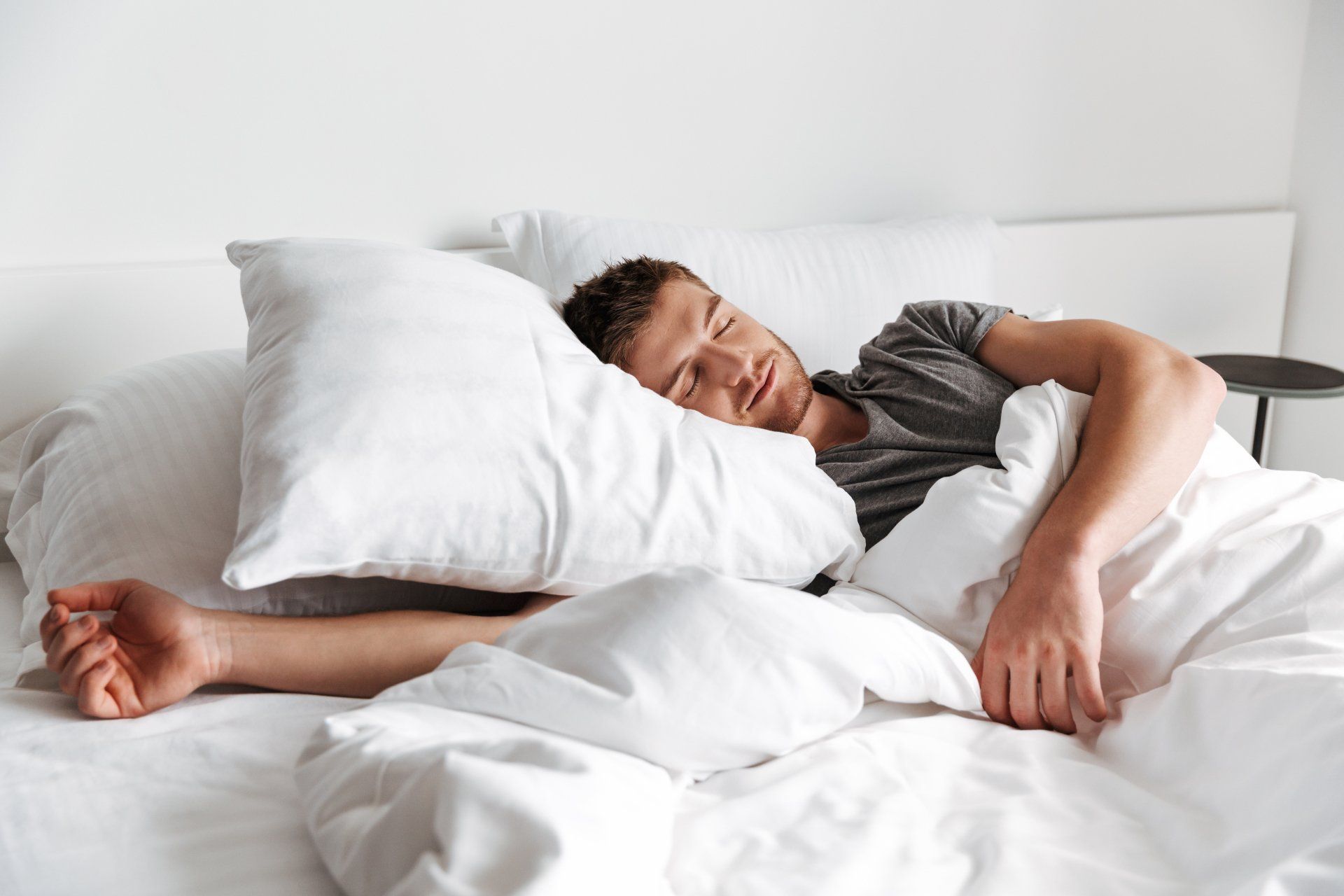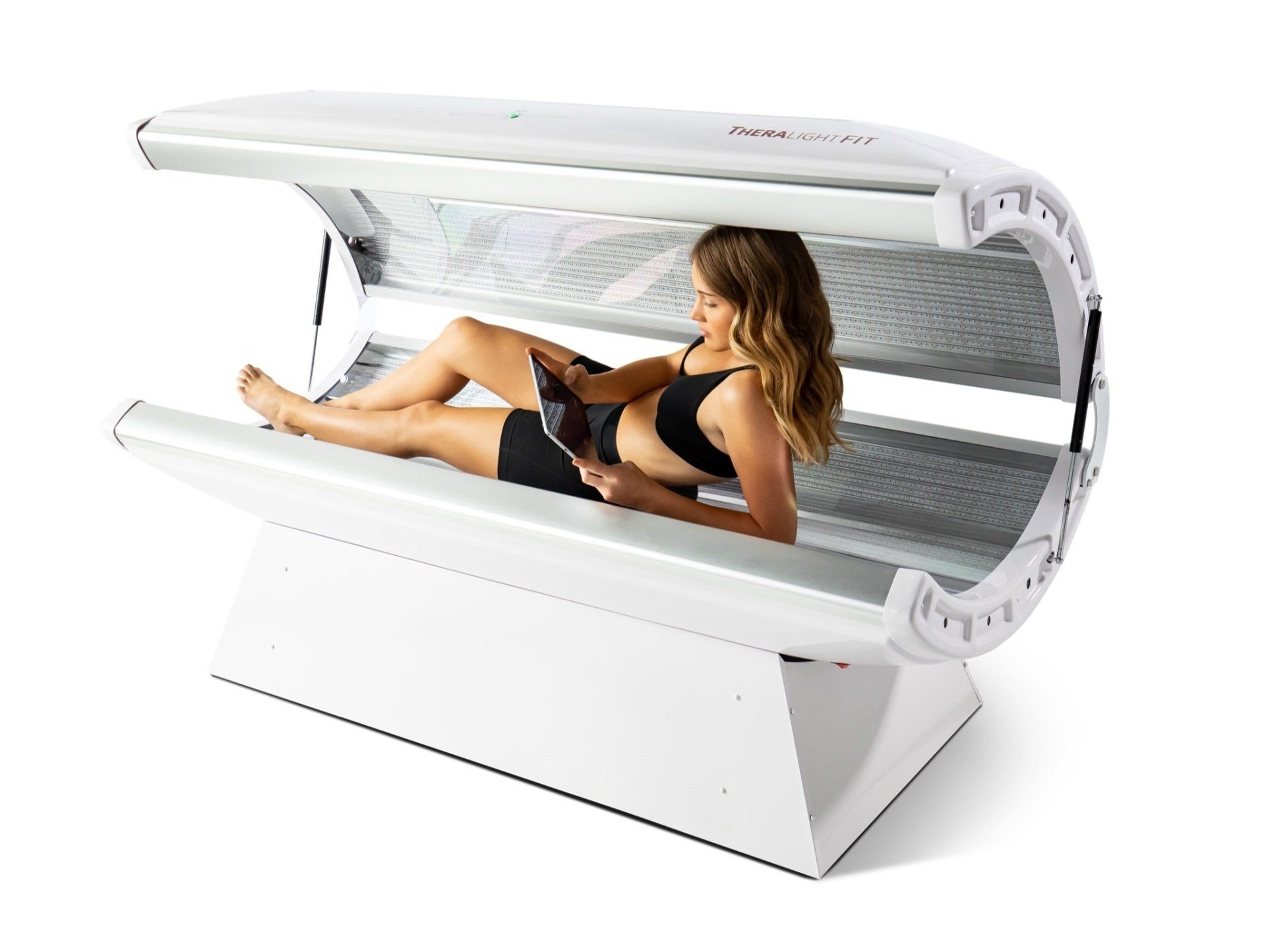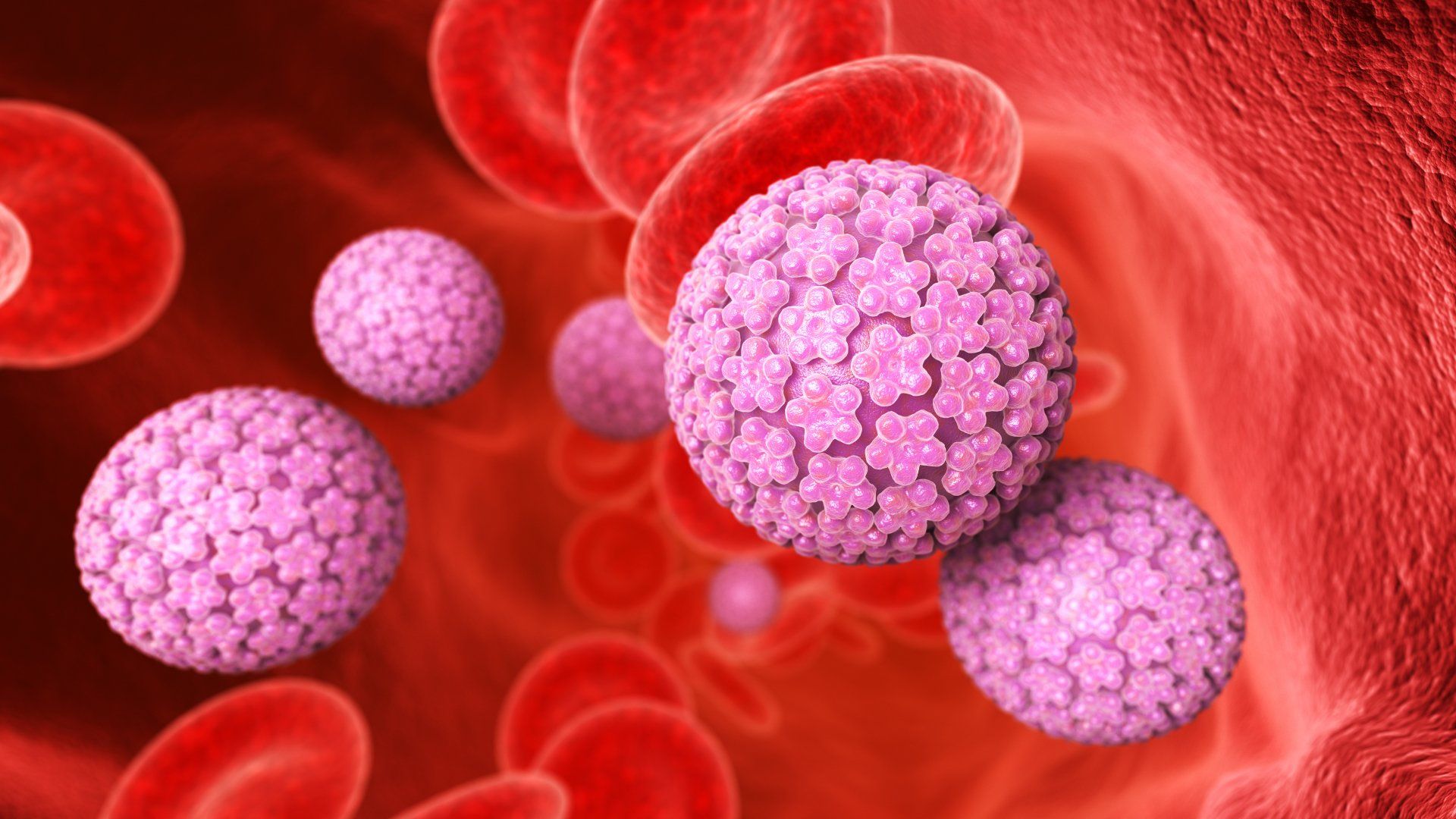Red Light Therapy for Increased Sports Performance
You’ve probably seen red light therapy beds or panels popping up in gyms and wellness centers, but what are they for? And—do they work?
Red light therapy is a type of photobiomodulation therapy that uses panels of specific red LED lights, and they’re showing up in your gym because they help with injury prevention and increased athletic performance.
What is Light Therapy?
Light therapy, is a type of photobiomodulation therapy. A light therapy device emits light at a specific wavelength that is readily absorbed by cytochrome c, a protein that is part of a cell’s mitochondria. Absorbing this light energy from light therapy devices boosts cellular energy through increased production of ATP from the mitochondria. Through this, photobiomodulation therapy helps to reduce pain, swelling, and stiffness in muscles and joints.
Why Light Therapy for sports performance?
Light therapy can be beneficial even if there is no injury or chronic issue present, which is why athletes and sports teams have started using photobiomodulation therapy as part of their regular training and exercise. Photobiomodulation helps improve athletic performance by reducing muscle fatigue and increasing endurance as well as preventing or treating injury at the first signs before pain becomes persistent.
When using an FDA-registered light therapy device, there is minimal risk involved. Clinical evidence shows that light therapy photobiomodulation is a safe and effective treatment, with many individuals experiencing no adverse effects. Other devices used for sports performance, such as cryotherapy chambers, don’t have the same consistent clinical results and can be quite dangerous.
Prevent Injury With Light Therapy
One of the most popular applications of light therapy is to prevent injury. Of course, one of the most important ways to reduce the risk of injury is to have a proper warm-up. A warm-up gradually increases heart rate and circulation to loosen joints and increase blood flow to muscles. Light therapy helps with warm-up through a process called vasodilation, in which blood vessels widen and allow more blood flow throughout the body.
A good warm-up prevents injury by ensuring that the body is ready for more intense movement. However, light therapy can be used at the first sign of injury as well to promote healing and prevent further damage as well as relieve pain and swelling.
Reduce Muscle Fatigue With Light Therapy
Muscle fatigue is the loss of the body’s ability to generate force—it’s why the tenth rep is harder than the first. Muscle fatigue affects every person in every sport. While training and regular exercise build up strength and endurance, there is still a point where muscles will fatigue, and performance will drop. Muscle fatigue has two causes, both of which can be affected by light therapy:
Energy shortage in muscle fiber
Build up of metabolites in muscle fiber
Energy Shortage
Molecules called substrates control muscle contraction, and muscle fatigue strikes when their supply runs low. As we mentioned previously, light therapy has a photochemical effect on the mitochondria, which are responsible for the production of the substrate, ATP. Light therapy increases the production of ATP and gives athletes more energy supply to go further.
Build Up of Metabolites
Metabolites are generally waste products that result from muscle contraction, and they include substances like potassium, lactic acid, and reactive oxygen species. These metabolites cause that burning feeling in muscles during exercise and contribute to muscle fatigue. Light therapy reduces the buildup of lactic acid because it inhibits the activity of the enzyme that causes its production, LDH, which is responsible for reducing pyruvate into lactate.
So Should You Use Light Therapy Before or After Exercise?
One benefit of light therapy and other forms of photobiomodulation therapy is that there is no downtime, so you can use it before or after exercise. So far, we’ve discussed how using light therapy before exercise is beneficial to prevent injury, improve warmup, and reduce muscle fatigue. However, there are benefits of using light therapy after a workout, too.
Using light therapy after a workout can help reduce muscle soreness in the days following exercise. Muscle soreness is most likely caused by minor muscle damage that causes an inflammatory response. Increased cellular energy from photobiomodulation helps inflammatory mediators get to damaged muscle tissue faster, resolving soreness and repairing damage before it can become a bigger problem.
Source: TheraLight

Winter months can be rough on our mood and sleep. Fewer daylight hours alone leave many feeling down, and places with snowy and cold weather leave the sky gray for days at a time. Lack of sunlight during winter months mixed with artificial indoor lights and blue light from smartphone, computer, and tablet screens all impact our circadian rhythm, which affects our energy, mood, and sleep. What is Our Circadian Rhythm? All living things have a circadian rhythm. This rhythm is often referred to as the “internal clock” which controls when we feel awake versus when we feel tired. You may have also heard this called the sleep/wake cycle. Circadian rhythms are different for other organisms, but in humans, we tend to have a 24-hour cycle that generally follows day and night. The National Sleep Foundation describes the human adult circadian rhythm as having the biggest energy dips between 2AM-4AM and 1PM-3PM. Although this can vary naturally, depending on if someone is an early bird or a night owl. Impact of Light on Sleep & Mood The hypothalamus is the part of your brain responsible for your circadian rhythm, and it’s affected by outside forces like light and dark. When it’s dark, your hypothalamus will send out melatonin, a hormone that makes you sleepy. Things like prolonged light exposure can disrupt this cycle by not signaling your brain that it’s time to rest. This is why spending time on your smartphone before bed can make it harder to fall asleep. Artificial lights, from floor lamps to phone screens, have allowed us to continue working and playing long past sundown. But doing so regularly can affect your circadian rhythm. Disrupting the circadian rhythm is linked to a variety of issues, including depression, certain types of cancer, and cardiovascular disease. Additionally, we need natural light. Our circadian rhythms were set long before the advent of light bulbs, so being exposed to natural sunlight is important for regulating this cycle. While we spend our workday under light, the fluorescent bulbs in the office aren’t a replacement for sunlight. And during the winter, natural light can be scarce or even absent in northern and southernmost regions. However, phone and laptop screens emit blue light, which is closer to natural sunlight, but getting blue light at the wrong time (i.e. when you get home from work in the evening) can upset your circadian rhythm, too, by tricking the body into staying awake. You know the day after a poor night’s sleep is rough; your patience might be short, or you might struggle to focus. But regularly disrupted sleep patterns impact our mental health in a big way. In fact, a 2013 literature review found that most people diagnosed with a mood disorder also had disrupted circadian rhythms. Types of Light Therapy for Improving Sleep & Mood There’s two different kinds of light-based therapy to help correct circadian rhythm disruptions: bright light and red light. They accomplish different goals, so it’s important to use them properly. Bright Light A bright light box mimics natural sunlight. In winter months when sunlight is scarce, using a bright light box can help you feel more awake. Bright light is most effective when used in the morning, and you don’t need to be in it for long. 30 minutes in the morning, perhaps while enjoying your morning coffee, is enough. Red Light Red light therapy, also called photobiomodulation, functions opposite from bright light. Instead of signaling to the body it’s time to wake up, red light tells the body to produce and release melatonin, helping you to fall asleep. Being surrounded by blue light at night keeps you awake, but using red light instead helps you fall asleep. However, replacing your regular light bulbs with red-colored bulbs isn’t going to help much, if at all. Special red light devices emit specific wavelengths of red light that are readily absorbed by the body—these are the devices that will give you results. 15-30 minutes of exposure at a time is enough, and the time will depend on what kind of device you’re using. For example, a session in a TheraLight Light Bed shouldn’t exceed 20 minutes. If you feel light is affecting your sleep patterns, also consider where you might be getting the wrong light at the wrong time. Small changes like reading a book in bed instead of reading or playing a game on your phone reduces blue light exposure at night. Sleep is tied tightly to our mood and physical health. If we sleep better, we feel better. While we can’t control the sun or the seasons, there are some small lifestyle changes to help, such as not using your smartphone to read before bed, and light devices designed to help with waking and sleeping. Source: TheraLight

Maybe you’ve heard of this photobiomodulation therapy thing, or you’ve seen red light beds at your local wellness center, but you’re not sure what it is or how it works. Photobiomodulation (PBMT) is a process that happens at the cellular level, but it has a big impact on how you feel. If you’ve been interested to try but unsure what it’ll feel like, this article is for you. Learn what PBMT is, what kinds of issues it can address, and step-by-step how your treatment session will go. What is PBMT? Photobiomodulation is a bit of a mouthful, but it breaks down nicely: Photo = Light Bio = Life Modulation = Change A photobiomodulation device, either as a bed, panel, or even laser device, uses light to activate a change in the body. Photobiomodulation most specifically refers to red light and near-infrared light that actives that mitochondria, which you may remember as the powerhouse of the cell. Mitochondria are important for the synthesis, or production, of ATP (adenosine triphosphate), which provide energy to our cells, and ultimately our bodies. What is PBMT Used For? Photobiomodulation therapy has a number of effects on the body, such as reducing inflammation and boosting collagen production. Sleep & Mood: Using PBMT in the evening can help you correct your circadian rhythm that can be easily disrupted by fluorescent light from your place of work and blue light from computer and phone screens. Sleep is also closely linked to our mood, so improved sleep can help improve mood and combat winter blues. Skin Care: Increased collagen production from PBMT helps improve the look of fine lines and wrinkles, and decreased inflammation can bring down the redness and swelling from acne. Wound & Scar Healing: Collagen production also helps repair damaged skin, including scar tissue. PBMT also increases the presence of inflammatory mediators to heal wounds faster. This is especially beneficial for slow-healing wounds. Sports Performance: Using PBMT before a workout can improve the quality of your warmup by helping the body increase circulation and decrease muscle fatigue. After a workout, PBMT can prevent delayed-onset muscle soreness by repairing minor tissue damage that is normal from exercise. Reduce Pain & Inflammation : Through increased cell energy that increases cell proliferation (replication) as well as a vasodilation effect that temporarily increases circulation in the body, PBMT can resolve pain and inflammation from an injury or chronic condition like arthritis or tendonitis. Additionally, full body photobiomodulation can help combat oxidative stress that can cause inflammation throughout our body. Before Your Treatment Session Before your treatment session, you’ll be able to talk to a Goodlight team member who can answer any questions you have about the process. This person will also go over your goals for the treatment. Are you looking for something specific, like to improve signs of aging in your skin, or are you looking to use red therapy in the benefit of your overall wellness? It’s important for the clinician to understand what you’re looking to achieve to determine the wavelengths of light as well as any pulsing light settings, the length of the session, how many sessions you’ll need. There are a few things to be cautious of before starting PBMT. PBMT might not be the best option for you if your skin is sensitive to light or you are taking any medications that affect your skin’s sensitivity to light. Additionally, individuals with tattoos may find tattooed skin is sensitive to PBMT. Individuals who are pregnant, have had an organ transplant, or have cancer should not use PBMT. During Your Treatment Session Your treatment session inside the light bed will last between 3 and 15 minutes. Do not exceed 15 minutes in the light bed at one time. The benefit of photobiomodulation therapy in a light bed, such as a TheraLight bed, is to expose as much of the body as possible to the therapeutic red light. During the treatment session, men should wear shorts, and women should wear shorts and a sports bra to maximize the skin exposed to the light. You will also be provided with protective eyewear. While the light panels are on, you’ll likely feel warm, but you shouldn’t feel hot. Laying in the bed is a relaxing experience. Your clinician will be able to control the bed from a remote device to turn it on, set the treatment protocols, and set a timer for the duration of the session, so you won’t need to worry about controlling the bed. After Your Treatment Session When the light panels turn off, you can exit the bed. PBMT has a vasodilation effect, which is a widening of the blood and lymphatic vessels that temporarily increases circulation. Because of this, some individuals may feel lightheaded after a PBMT treatment. We recommend sitting up slowly and, if you feel lightheaded, wait for a moment to let the feeling pass before standing. This is especially important for your first PBMT treatment. Outside of this temporary lightheadedness, most individuals don’t feel any side effects. Some of the benefits of PBMT can be felt immediately, such as reduced pain and swelling in an injured area. You may also feel an improved mood or sleep better after a PBMT. If you’re using PBMT before a workout, you may not feel muscle fatigue as early in your exercise. PBMT Treatment Plans Photobiomodulation therapy is a dose dependent treatment; that is, multiple treatments will be necessary to achieve your desired sustained results. Your exact treatment plan will be tailored to you and something you work on with the staff at your wellness center. Plans generally take the following shape, however: 3 sessions per week for 2 weeks 2 sessions per week until outcomes are achieved 1 session per week to maintain results The length of the sessions as well as the treatment protocols (the wavelength and continuous or pulse settings) will vary based on your goals, but you should be in and out of the center in under an hour. Source: TheraLight


